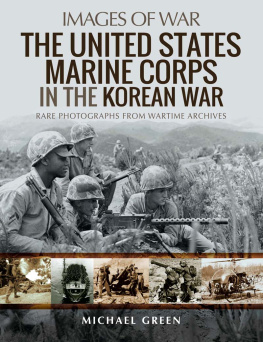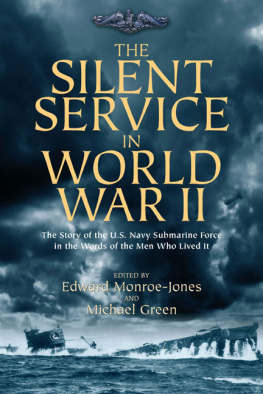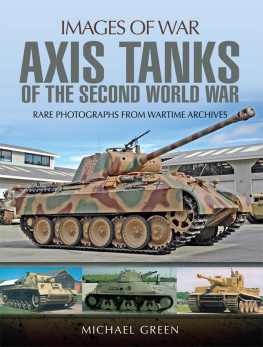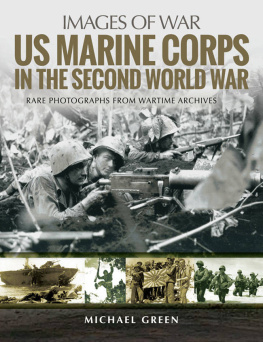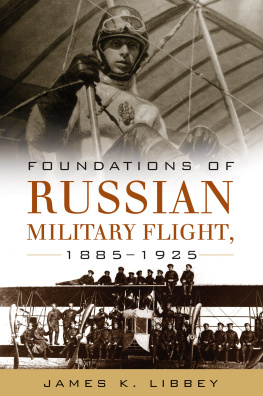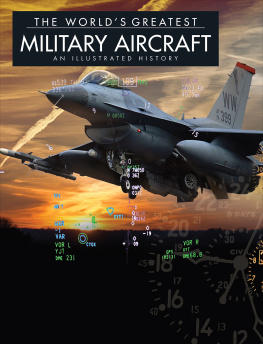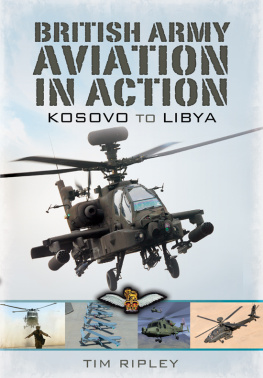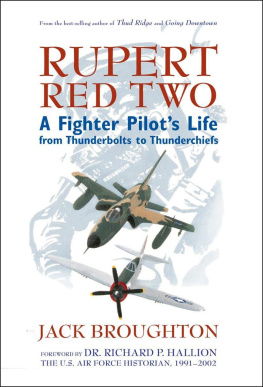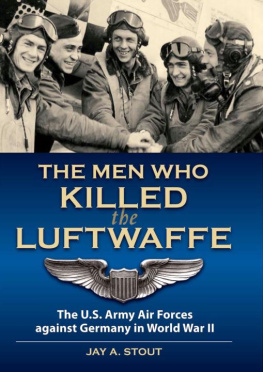First published in Great Britain in 2016 by
PEN & SWORD AVIATION
An imprint of
Pen & Sword Books Ltd
47 Church Street
Barnsley
South Yorkshire
S70 2AS
Copyright Michael Green, 2016
ISBN 978-1-47383-475-0
PDF ISBN: 978-1-47388-014-6
EPUB ISBN: 978-1-47388-013-9
PRC ISBN: 978-1-47388-012-2
The right of Michael Green to be identified as author of this work has been asserted by him in accordance with the Copyright, Designs and Patents Act 1988.
A CIP catalogue record for this book is available from the British Library.
All rights reserved. No part of this book may be reproduced or transmitted in any form or by any means, electronic or mechanical including photocopying, recording or by any information storage and retrieval system, without permission from the Publisher in writing.
Typeset by Concept, Huddersfield, West Yorkshire HD4 5JL.
Printed and bound in India by Replika Press Pvt. Ltd.
Pen & Sword Books Ltd incorporates the imprints of Pen & Sword Archaeology, Atlas, Aviation, Battleground, Discovery, Family History, History, Maritime, Military, Naval, Politics, Railways, Select, Social History, Transport, True Crime, and Claymore Press, Frontline Books, Leo Cooper, Praetorian Press, Remember When, Seaforth Publishing and Wharncliffe.
For a complete list of Pen & Sword titles please contact
PEN & SWORD BOOKS LIMITED
47 Church Street, Barnsley, South Yorkshire, S70 2AS, England
E-mail:
Website: www.pen-and-sword.co.uk
Contents
Dedication
This book is dedicated to fighter pilot Major George A. Davis of the USAF. A decorated veteran, an ace of the Second World War and already an ace in the Korean War, he and wingman Second Lieutenant William W. Littlefield were flying F-86 Sabre jets on patrol. Spotting twelve MiG-15 fighters closing on friendly fighter-bombers, he immediately engaged. Rapidly shooting down two MiGs, he was engaging a third when he was shot down and killed. For his fearless assault and selfless actions against a much larger enemy force, permitting the fighter-bombers to complete their mission, Major Davis was awarded the Medal of Honor.
Foreword
B efore the development of the modern electronics industry in the late 1950s, almost no industry ever grew at the speed of the aviation industry or made such rapid advances in technology. Driven by two world wars spaced only twenty-five years apart and also by rapid expansion of commercial aviation in the same time period, the first primitive aircraft introduced by the Wright brothers at the opening of the twentieth century swiftly moved from wood frames covered with fabric to more and more sophisticated machines that became larger and more powerful at a mindboggling pace.
Telling the story of even one phase of that worldwide story is a monumental task that would give pause to any writer. Author Michael Green has done a commendable job of reducing more than a century of this activity into a condensed presentation of the history of nearly countless combat aircraft that were models produced in quantity and that were the backbone of air operations from the early days of aviation through the First World War, the interwar years, the Second World War, the Cold War years and up to the present.
The result is a compact but detailed book for aviation enthusiasts and those associated with the industries of flight to use as a quick reference for key facts and illustrations of this myriad of military machines that have led the aerial arms race for the last 112 years.
Bill Callahan
USAF B-36 Peacekeeper Radio-Electronic Operator
Acknowledgements
T he bulk of the historical photographs in this work were acquired from the US Air Force Museum. Others came from The National Archives. For brevitys sake the picture credits for the US Air Force Museum are shortened to AF Museum and those for The National Archives as TNA.
Credits for modern images from the US Air Force website and Defense Imagery Management Operations Center (DIMOC), both operated by the Department of Defense, are shortened to DOD. Some contemporary pictures of current and preserved historical US Air Force aircraft were supplied by friends whose names will be found in the photo credits.
As with all published works, authors often depend on friends for assistance in reviewing their work. The author would therefore like to thank both Norman Graf and Peter Shyvers for their valuable input.
Notes to the Reader
1. This book offers a very broad overview of the series production combat aircraft in operational service with the aviation element of the US army, which became the United States Air Force (USAF) in 1947. Not covered are helicopters, unmanned aircraft or any experimental combat aircraft that did not enter into series production.
2. Aircraft are generally assigned to chapters on the basis of the timing of their introduction into operational service and not by when they were authorized (ordered) or their first flight. The chapter heading for the Second World War reflects the official beginning of the conflict in September 1939 and not the date of Americas entry into the worldwide fighting in December 1941.
3. In an aircrafts time in service may include it serving with the US Air Force Reserve or US Air National Guard. Both organizations date from the forming of the USAF in 1947.
4. Many of the aircraft that appear in this work had both official names given at various times in their service careers as well as popular unofficial nicknames. The author will use the official names of the aircraft, with some mention of the unofficial nicknames where space allows. Some nicknames have been applied to more than one aircraft. The meanings of the nicknames are often self-evident and can apply to some feature of the aircrafts construction or handling characteristics.
5. Sources may differ on many of the details concerning the various aircraft mentioned in the book, be it the number built, their speed, range, weight, etc.
6. The quality of some of the pictures is affected by age but such photos have still been included because of their historical rarity.
Chapter One
The Beginning (19031918)
T he American Wright brothers, Orville and Wilbur, made their first sustained powered flight of a biplane (a two-winged aircraft) on 17 December 1903 at Kitty Hawk, North Carolina. As businessmen, they saw opportunity in their accomplishment and continued refining the design of their plane until such time as it could become a marketable product.
By early 1905 the Wrights were sufficiently confident in their design to approach the United States government to see if there was any interest for military use. Much to their dismay, none was expressed and they gave up after three attempts.
The US army has a change of heart
Things began to look up for the Wrights when President Theodore Roosevelt received a newspaper clipping on their activities in the spring of 1907. The president directed the Secretary of War to look into testing the Wrights plane. To oversee this new technology, in 1907 the War Department established the Aeronautical Division of the US Army Signal Corps.
In 1908 the Wrights brought one of their biplanes to Fort Meyers, Virginia for testing. The trials went well enough, despite a serious accident that injured Orville Wright and killed a US army officer along for the ride. Despite this unfortunate event, the Signal Corps was still convinced that their aircraft had great potential.
In August 1909 the Wrights were awarded a $25,000 contract to build the US armys first aircraft. The biplane was delivered later that year and designated Signal Corps No. 1. It was more commonly referred to as the Wright Military Flyer and was the worlds first dedicated military aircraft. However, the Signal Corps saw it as an observation plane, not as a combat aircraft.
Next page

